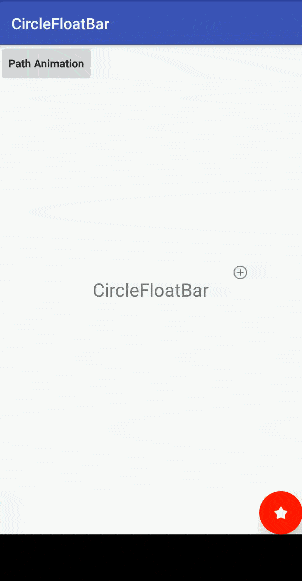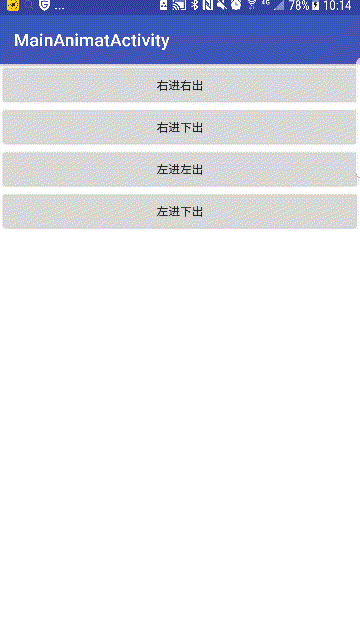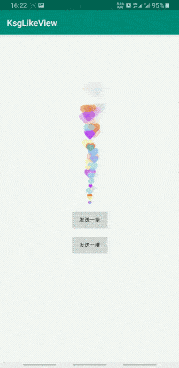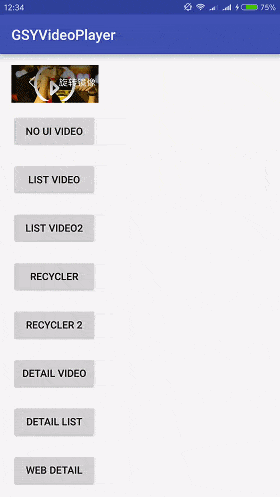原文地址:http://www.jianshu.com/p/27251a4af01d
英文版地址:https://www.kotlindevelopment.com/why-should-use-anko/
Anko是一个用Kotlin编写的Android库并且由Jetbrains来维护的。其目的是通过Kotlin的功能来提高Android开发的速度,从而使开发更加方便,让我们看一下Anko给我们提供了哪些好的工具:
Anko有四个方面的模块:
-
Commons -
Layouts -
SQLite -
Coroutines
Commons提供了各种各样的帮助功能和分支,使用Layouts模块可以使用Anko DSL语言从Kotlin创建UI,SQLite会使操作Sqlite更简单,最后,Anko为Kotlin提供了一些帮助程序。
开发Android应用程序从未如此简单
在这篇文章中,我主要关注Common模块
Anko Commons
最常用的公共部分
让我们从一些最基本的简化操作开始吧,在Android中View.setOnclickListener被用在很多地方,如果我们能使其更简洁就更好了,下面是我们平常使用的用法:
button.setOnClickListener(object : View.OnClickListener{
override fun onClick(v: View) {
}
})
但Anko帮助我们尽量减少我们所做的工作
button.onClick{ }
Intent
Intent是你作为Android开发者要学的第一件事之一,这里提供了更简便的用法:
val intent = Intent(this, MainActivity::class.java)
intent.putExtra("id", 5)
intent.putExtra("name", "John")
startActivity(intent)
让我们来看一下怎么使他更简单:
startActivity<mainactivity>("id" to 5, "name" to "John")
一行代码代替五行。
Anko还提供了一些常用意图的用法
browse("https://makery.co")
share("share", "subject")
email("hello@makery.co", "Great app idea", "potato")
Anko还提供了更易于使用的对话框API,不需要使用Builder模式。
常见的用法:
val builder = AlertDialog.Builder(this)
builder.setTitle("Java")
builder.setMessage("Java is… old!")
builder.setPositiveButton("OK") { dialog, which -> toast("Yay!") }
builder.setNegativeButton("Cancel") { dialog, which -> toast("What?") }
builder.show()
Anko的用法:
alert(Appcompat,"Kotlin","Kotlin is so fresh!"){
customeView{editText()}
positiveButton("OK"){toast("Yay!")}
negativeButton("Cancel"){toast("What?")}
}.show()
Size 问题
老的Size的转换的代码
val dpAsPx = TypedValue.applyDimension(TypedValue.COMPLEX_UNIT_DIP, 10f, getResources().getDisplayMetrics())
Anko的用法
val dpAsPx = dip(10f)
sp(15f)
Api level 23
碎片化是每个Android开发人员面临的问题,所以我们希望使用最新版本中Android的酷炫的功能,所以,就需要对不同的版本加上判断:
if (Build.VERSION.SDK_INT == Build.VERSION_CODES.LOLLIPOP){ }
if (Build.VERSION.SDK_INT >= Build.VERSION_CODES.LOLLIPOP){ }
使用Anko
doIfSdk(Build.VERSION_CODES.LOLLIPOP){ }
doFromSdk(Build.VERSION_CODES.LOLLIPOP){ }
Snack的使用
Android snackbar也可以更好,你有没有在使用Snackbar的时候忘记调用show方法,从而调试半天的经历?
Snackbar.make(findViewById(android.R.id.content), "This is a snack!", Snackbar.LENGTH_LONG)
.show()
Anko用法,不需要调用show方法
longSnackbar(findViewById(android.R.id.content), "This is a snack!")
如果你是Toast的粉丝的话:
toast("Message")
线程通讯
处理多线程并不简单,但是在开发中他是一个很常见的模式,大多数时候我们要从UI线程中卸载工作,但是Anko提供的方法却是非常简单的。
doAsync {
//IO task or other computation with high cpu load
uiThread {
toast("async computation finished")
}
}
添加Anko到你的项目中
如果你喜欢上面的东西,那还等什么,赶快添加Anko到你的项目中吧
ankoVersion = "0.10.1"
dependencies {
compile "org.jetbrains.anko:anko-appcompat-v7-listeners:$ankoVersion"
compile "org.jetbrains.anko:anko-design-listeners:$ankoVersion"
compile "org.jetbrains.anko:anko-design:$ankoVersion"
compile "org.jetbrains.anko:anko-sdk15-listeners:$ankoVersion"
compile "org.jetbrains.anko:anko-sdk15:$ankoVersion"
}
findViewById
你听说过Kotlin扩展Gradle插件吗,您可以通过在Gradle脚本中引入一个额外的行来摆脱所有讨厌的findViewById()调用和投射视图:
apply plugin: 'kotlin-android-extensions'
现在你就可以使用id来引用view
<LinearLayout xmlns:android="http://schemas.android.com/apk/res/android"
android:layout_width="match_parent"
android:layout_height="match_parent"
android:orientation="vertical">
<Button android:id="@+id/button"
android:layout_width="wrap_content"
android:layout_height="wrap_content"
android:text="OK"/>
</LinearLayout>
import kotlinx.android.synthetic.main.activity_main.*
...
override fun onCreate(savedInstanceState: Bundle?) {
super.onCreate(savedInstanceState)
setContentView(R.layout.activity_main)
button.onClick { }
}







